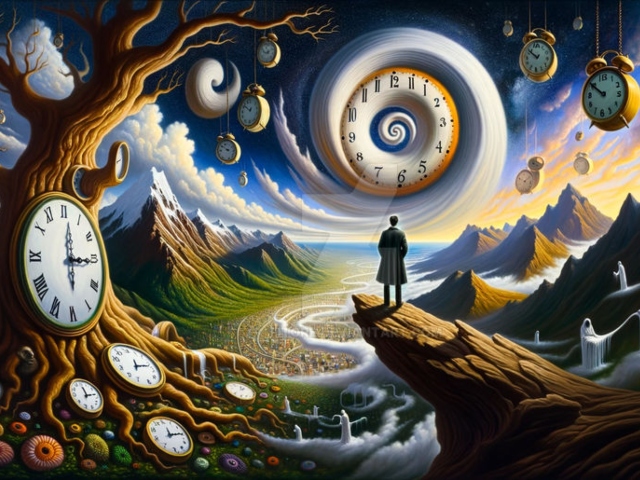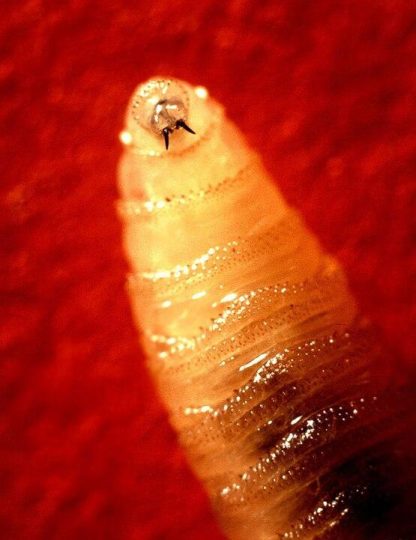According to Japanese scientists, a “dream reading machine” can record the bizarre and fantastic realm of dreams and replay your subconscious misbehaving in breathtaking cinematic sequences.
Techniques
The research indicates that two methods have been employed by the scientists who developed the dream reading device. In the first method, the patient was asked to fall asleep and was allowed to dream of something. The scientists used the EEG results to determine the moment the participant started dreaming. The same individual was woken up and asked to recall his dream content in the following phase. It has been reported that each human underwent this process around 200 times. After dividing the data, the scientists found several common categories of things. The MRI scanner’s recorded brain patterns and the subject’s dreams may be related. In the following phase, the researchers searched for pictures on the internet that resembled the objects in the patient’s dreams. They then fed the search results into a learning algorithm, which allowed them to make even more adjustments to the model. The “Dream-reading machine” was discovered by Japanese scientists thanks to their ongoing tests and study.

Dream Recording Device:
Using customized MRI equipment, researchers could pinpoint precise brain activity patterns that appeared when subjects dreamed about various scenarios. This technique, which builds on advances in artificial intelligence and neuroimaging, can transform complex brain activity associated with dream states into visually striking representations. Scientists have made significant progress in deciphering the visual content of dreams by combining brain imagining techniques with advanced algorithms. This has led to the device that can convert dreams into video sequences. The device “harnesses the power of deep learning and neural networks to bridge the gap between the subjective experience of dreams and objective visual representation.” It’s crucial to remember that dream decoding technology is still in its infancy, even though the dream recording device highlights the enormous advancements made in this area. Researchers are constantly improving the reconstructed dream movies’ quality and correctness to provide a more thorough and accurate depiction of the dreamer’s subjective experience. With the development of technology, our knowledge of dreams, consciousness, and the complex inner workings of the human mind could undergo a radical transformation.

Limitations: This type of technology has limitations, just like any other technology since not all aspects of our dreams can be accurately ascertained through imaging alone. There are a lot of feelings in dreams. Although the device seems like a fun experiment, some people have already brought up “ethical considerations around using such technology for commercial purposes.”
Potential to explore your dreams: With technology like this, we might one day be able to create “home movies” out of our deepest subconscious fears and wants. But it’s important to consider whether it’s best to keep the world of our fantasies a secret. Some extraordinary things occur in our mental nighttime movies that should never be documented on film.















Jake • Mar 22, 2024 at 3:20 pm
straight heattttttt